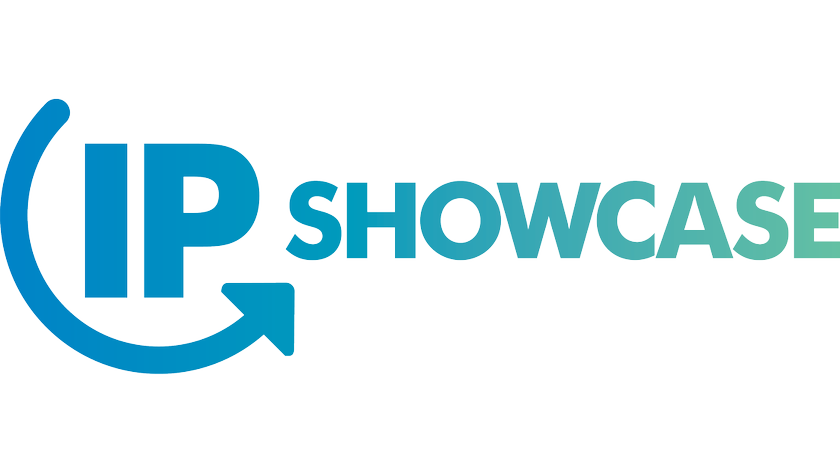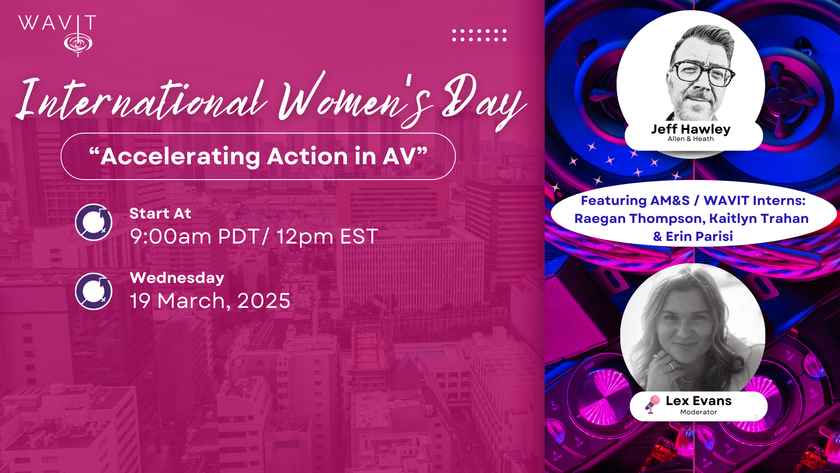The COVID-19 pandemic has upended the way people work—including how AV integrators engage clients. Yet, audiovisual solutions are well positioned to help companies navigate their way to the new future of work. The challenge is this: those same companies have so much on their plates that the merits of one AV solution over another may be more than they can focus on right now.
How can AV integrators help customers now and tomorrow? How can they position their businesses for success while helping clients succeed during a pandemic? The answer: walk the next mile in their shoes.
On June 18 at 4:30 p.m. EDT, a panel of integrators will talk to InfoComm 2020 Connected about empathy as a necessary skill for delivering value and generating future revenue. Led by moderator Brock McGinnis, principal of avitaas, they'll explore the challenges they've faced serving AV end users and offer an optimistic look at the roles we all can play as society recovers. As the panel prepares for the virtual tradeshow, we asked them a few questions about the business of AV integration under COVID-19.
In addition to McGinnis, participants include Joe Dunbar, senior account executive, Diversified; and Victoria Ferrari, senior design consultant, Conference Technologies.
AVNETWORK: How has the COVID-19 pandemic affected the way AV integrators work with clients?

BROCK MCGINNIS: The challenge of calling clients and prospects at this time is that often they don't know anything more than we do. They're stressed; they're not getting a usual flow of information. Typically, in AV, we're not dealing directly with the CEO; we're dealing with somebody in the middle. And that person is not necessarily privy to what their employer is going to do. Are plans they made back in February still going forward in July? Are they not happening in July?
JOE DUNBAR: Our approach has to change a bit and the questions we ask need to be a little different. I was in the middle of building a completely new book of business before this all hit. Now I'm looking at my approach and thinking, "What shoes might they be in?" One of the biggest obstacles for me right now is being able to read the room, because there's no room to read. How we prospect is changing. We can't really knock on their door, but that doesn't mean we can't reach out to them in a similar way. The biggest key right now is patience.
VICTORIA FERRARI: As I'm prospecting, I've run into challenges. It's not the same now. You can't just cold call somebody. I've always preferred to lead with empathy and act as a bridge between my company and my client's company, rather than just try to sell them stuff. Now the way I look at it, I'm really helping them. For example, there are customers that have had to send their entire workforce home and didn't have any remote videoconferencing licenses. So they've reached out to increase their virtual licenses—and fast.
AVN: How should AV companies position themselves to succeed during the pandemic and after?

VF: We're truly in a position to help people—to help them do business and to have business continuity. When you look at it that way, with the mindset that you're reaching out to serve other people instead of just selling, it really helps everyone involved. Just talking about it now, I know I'm going to be learning new things right up until InfoComm Connected.
BM: I'm not actively selling projects these days, but I'm working with two integrators who are. We all need to be positioning ourselves as being of assistance. It's all about the client right now, and the conversation has to be about how they're feeling and what they need. They're often unaware of how you can help, so the conversation typically moves from unawareness, to awareness, to curiosity, and then, potentially, to action. Helping clients bring ideas and solutions to their bosses is absolute gold.

JD: I agree. We bring real value. We can't all be doctors, teachers, first responders--professions with great societal impact, especially now. The technology we get to work with is cool, but does it help society? Does it help our culture and the way we treat each other and interact? Now we see it can. More so than ever, we're in a position to offer help--true, significant help. And not just, "How quickly can we help companies pivot and not interrupt their business flow, so people keep their jobs and keep working?" But we also have an opportunity to completely redesign what work looks like for a lot of people, for a very long time.
VF: I like that Joe talked about bringing value. In this environment, one of the things we're doing—the services we're providing—is reinventing the workspace. And that's not something you can Google and get a price for. It's not commoditized like a TV or a lot of AV hardware. You can't put a price on the value we bring with our creative ideas for reinventing workflows, keeping in mind the safety and health of people. There will be new ways that people must work—possibly in a socially distant way—that AV solutions can help with. That's kind of cool.
AVN: How should AV integrators be communicating the value they can deliver?
BM: We're good conduits of information from one client to another. One of the drivers of human behavior is understanding what other people are doing. No one wants to suggest a solution to their boss as a wild idea, but if 10 other clients are doing something.... Maybe they're turning huddle spaces from six-person rooms to three-person rooms. Maybe instead of replacing touch panels, they're putting hand sanitizer dispensers in those rooms. Whatever we can pass along from one client to another is positive reinforcement and perceived as help. It doesn't make us any money immediately, but it definitely helps us gain that trusted advisor seat at their table.
JD: Absolutely. That's a lot of what our conversations with architectural firms consist of. We work with designers to understand the trends they're seeing from clients. When I approach end users about these trends, I have to know who's interested in going that direction. Customers are looking for something that's scalable, and everybody's looking for something that works. But there are companies that might want to try something a little more cutting-edge technologically. Understanding who they are is important.
BM: There is what's called an assumptive conversation. Rather than discussing trends, try asking a question like, "What have you decided to do about public information displays? Are you converting your digital signage messaging? Is there something we can help you with?" It's an assumptive question in that you're giving the impression the person already thought about it.
And, of course, you can help them think things through. People are starting to go back to work; maybe they're lining up at elevators. What should they do? Who/what tells them how to line up? Do they hire a security guard at X dollars an hour, or is there a better, more efficient way to communicate new information digitally? This is where we come in, but it starts with empathizing, understanding their situation, and taking on that role of trusted consultant.
Tune into InfoComm 2020 Connected to hear more from Dunbar, Ferrari, and McGinnis on June 18 at 4:30 p.m. EDT. Registration is required and free for all attendees.
To read more InfoComm Connected stories, visit avnetwork.com/tag/infocomm.












